Why good news for the economy is bad news for employers
The effects of a booming job market on wages and productivity

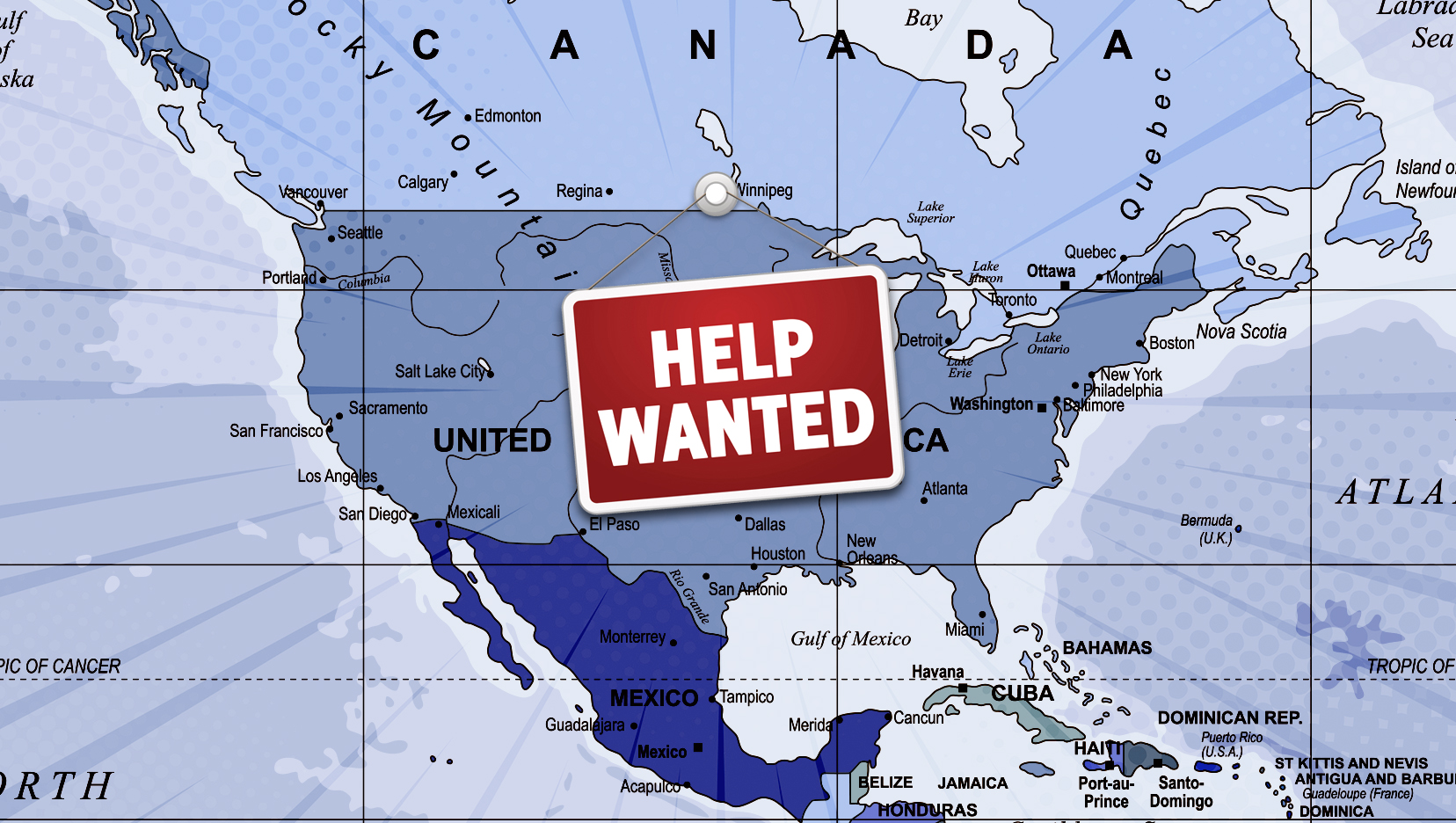
Last Friday's jobs report had some eye-popping numbers, especially an unemployment rate of 3.6 percent — the lowest it's been since 1969. That's great news, but not for everyone. Low unemployment means businesses are finding workers harder and harder to come by. "The economy is good, but that's very difficult for employers," Joe Stagnaro, the president of a Pennsylvania warehouse and trucking company, told the Washington Post. "The people you want to hire are employed by someone else."
How can good news for the American economy be bad news for American businesses? The truth is, capitalism generally works best when it gives employers an extra hard time.
As the economy has slowly recovered from the 2008 financial crisis and subsequent recession, stories about how employers desperate for workers, or workers with the right skills, have become commonplace. It's usually presented as a problem we should all worry about: How can businesses function properly if they can't find the right people? Surely, this is a bad thing?
The Week
Escape your echo chamber. Get the facts behind the news, plus analysis from multiple perspectives.

Sign up for The Week's Free Newsletters
From our morning news briefing to a weekly Good News Newsletter, get the best of The Week delivered directly to your inbox.
From our morning news briefing to a weekly Good News Newsletter, get the best of The Week delivered directly to your inbox.
In reality, hiring more people or raising their wages or figuring out ways to use their time and energy more productively is a cost to a business. They require money and investment that could have gone into profits, not to mention time and effort and hassle. In short, employers generally don't do those things unless circumstances force them. Circumstances like low unemployment.
When most or all of the Americans out there who can work and want to work already have jobs, employers have to start competing with each other for labor. And that means raising wages to outdo each other. Back in 2017, Minneapolis Federal Reserve President Neel Kashkari, noting all the talk about how hard life is for employers, asked a gathering of business leaders, "Are any of you planning to raise wages in the next year or two?" Because, "if you're not raising wages, then it just sounds like whining."
At the time, wage growth was still pretty sluggish. But in the last year and half, it's jumped considerably — from around 2.5 percent to almost 3.4 percent. That's still not great: at the peak of the business cycles in both 2000 and 2007, the rate of wage growth reached 4 percent. Most likely, unemployment statistics understate the true level of joblessness more than they used to, because labor force participation has fallen. But the recent wage growth increase suggests employers are feeling the heat again.
Research suggests that a significant contributor to the speed-up may be recent minimum wage hikes in states and cities around the country: Wage growth over the last year has actually been considerably faster for Americans in the bottom quarter of the income distribution. But the remainder of the wage growth is likely due to a tightening labor market. And while high-skill workers wages' grew faster than low-skill workers' wages over the last year, the gap between the two was quite small.
A free daily email with the biggest news stories of the day – and the best features from TheWeek.com
In fact, there's recent evidence that employers' demand for skilled workers is declining. In the aftermath of the Great Recession, the amount of education and previous experience job postings asked for actually went up. Then, around 2012 or 2013, employers began asking for less education and experience. We tend to think of education and experience as fixed properties; a worker either has what an employer needs, or they don't. But when unemployment is high, employers can be pickier about those attributes, so they demand more — even if they don't technically need more — simply because they can. Now that unemployment is falling, employers can't afford to be so picky.
Another example is businesses either paying for their new hires to receive training, or offering training on the job. As the Post says, we don't have official government statistics on how often this happens. (We really should.) But other studies suggest businesses do a lot less of that now than they did a few decades ago. Again, it's the inconvenience: Training new hires costs businesses time and money, and they'd much rather workers upgrade their skills on their own time and their own dime. As unemployment falls, businesses can't offload that inconvenience onto workers as much. Now there's circumstantial evidence that employer-sponsored training and on-the-job training are coming back. That Pennsylvania trucking company started paying to train new hires, and "more and more managers say they are looking to grow talent internally instead of trying to poach it from other companies," according to the Post.
Finally, there's productivity growth. In many ways, this is the secret sauce of rising living standards. Traditionally, economists have been unsure where it comes from; productivity growth tends to get chalked up to the mysteries of technological advancement and human ingenuity. But again, it seems intuitive that employers will try to improve their business models and get more value out of each hour of labor when that labor becomes more scarce, and thus more expensive. Sure enough, productivity growth — which has been abysmally low for the last decade — ticked up noticeably over the last year. It's still too soon to know if its a trend or a blip, but it's definitely a good sign.
All that said, there's still room to improve. Though wage growth and productivity growth are improving, neither are back to their traditional highs. Nor are the benefits of America's recovery being shared equally: national unemployment may be 3.6 percent, but it's 4.2 percent for Hispanics, and 6.7 percent for black Americans. Other metrics, like the portion of prime working-age Americans without jobs, and the percentage of the unemployed that have been jobless long-term, remain high. Workers' share of national income (versus capital owners' share) also tends to rise in tight labor markets, but remains low today.
Finally, the simple fact that inflation still hasn't broken above the Fed's two percent target indicates the economy has not yet fully healed. And at this point, after decades of wage stagnation and unemployment, we could do with a few years of higher inflation to catch up.
Eventually, we’ll reach the point where we've tightened the screws on American employers enough. But we're not there yet.
Jeff Spross was the economics and business correspondent at TheWeek.com. He was previously a reporter at ThinkProgress.
-
 7 bars with comforting cocktails and great hospitality
7 bars with comforting cocktails and great hospitalitythe week recommends Winter is a fine time for going out and drinking up
-
 7 recipes that meet you wherever you are during winter
7 recipes that meet you wherever you are during winterthe week recommends Low-key January and decadent holiday eating are all accounted for
-
 Nine best TV shows of the year
Nine best TV shows of the yearThe Week Recommends From Adolescence to Amandaland
-
 The pros and cons of noncompete agreements
The pros and cons of noncompete agreementsThe Explainer The FTC wants to ban companies from binding their employees with noncompete agreements. Who would this benefit, and who would it hurt?
-
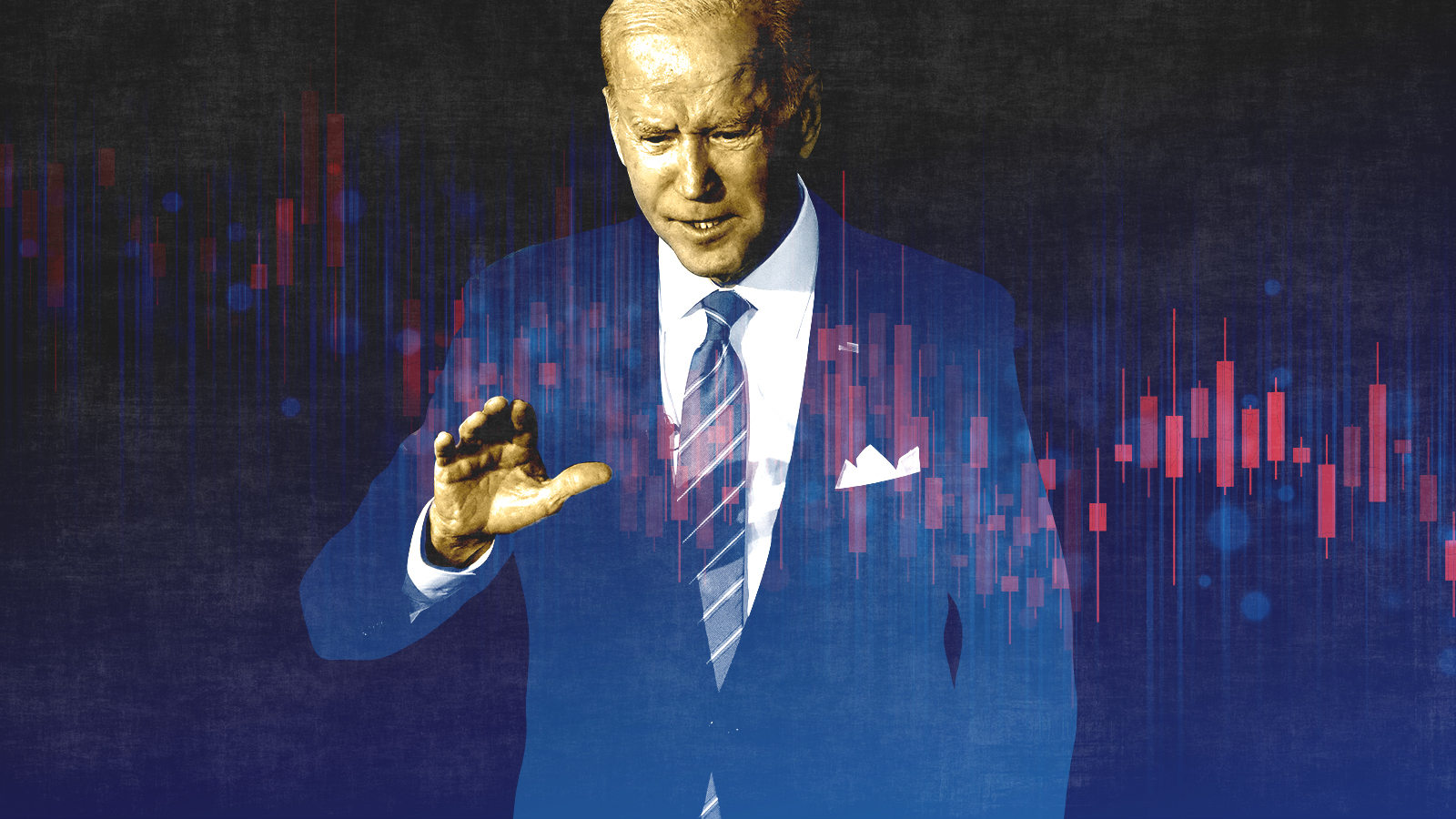 What experts are saying about the economy's surprise contraction
What experts are saying about the economy's surprise contractionThe Explainer The sharpest opinions on the debate from around the web
-
 The death of cities was greatly exaggerated
The death of cities was greatly exaggeratedThe Explainer Why the pandemic predictions about urban flight were wrong
-
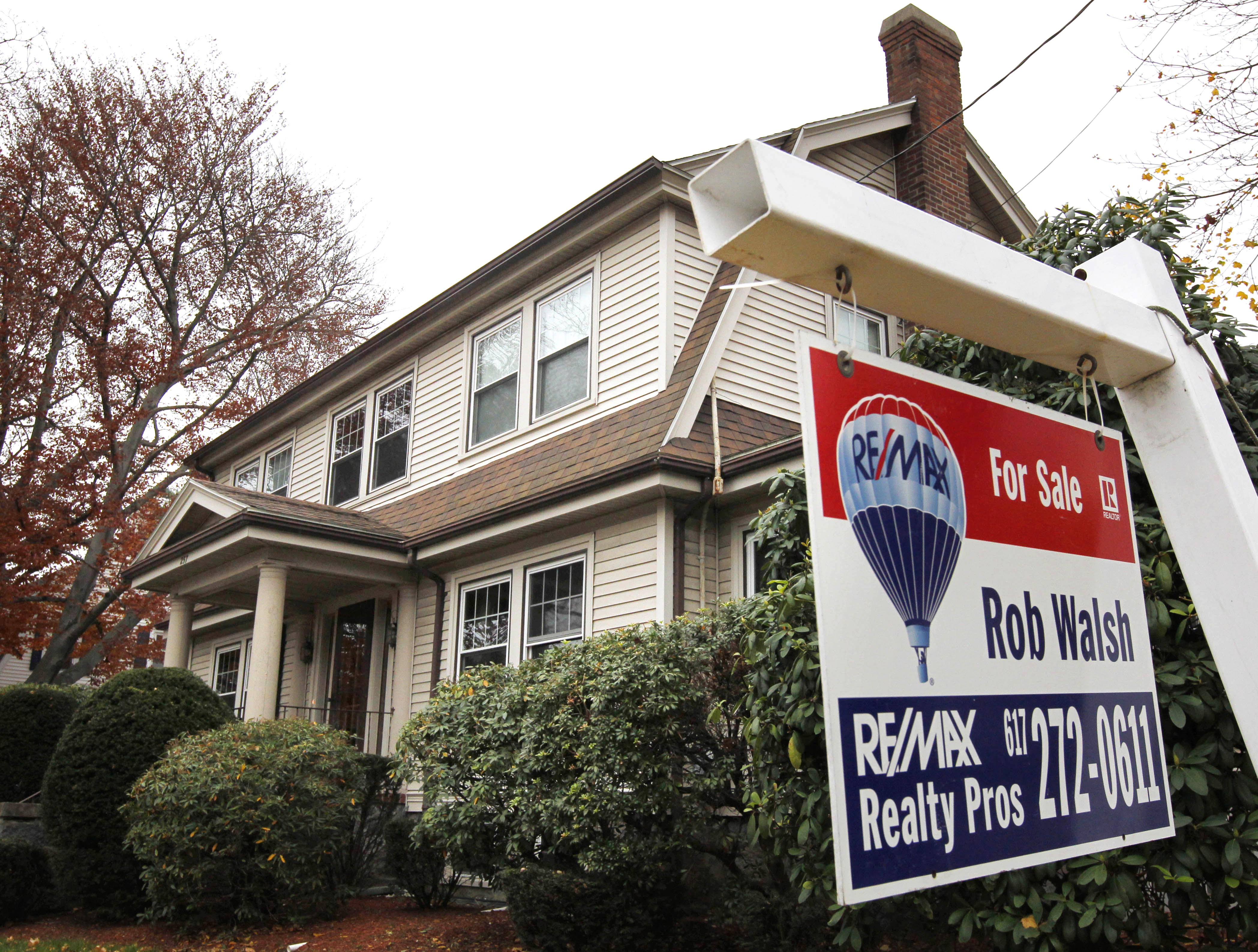 The housing crisis is here
The housing crisis is hereThe Explainer As the pandemic takes its toll, renters face eviction even as buyers are bidding higher
-
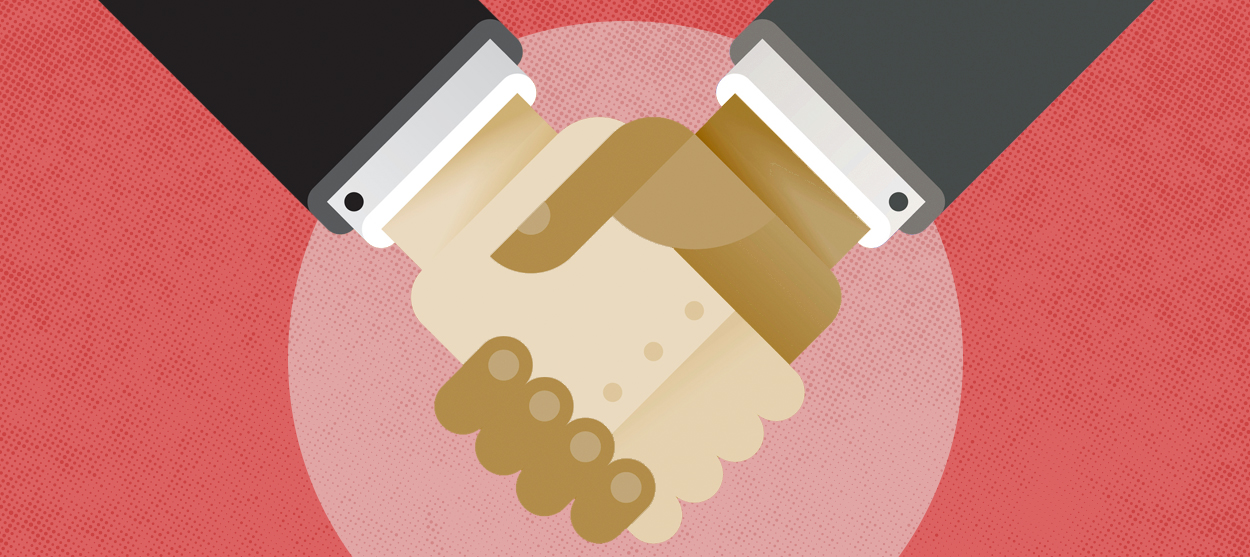 How to be an ally to marginalized coworkers
How to be an ally to marginalized coworkersThe Explainer Show up for your colleagues by showing that you see them and their struggles
-
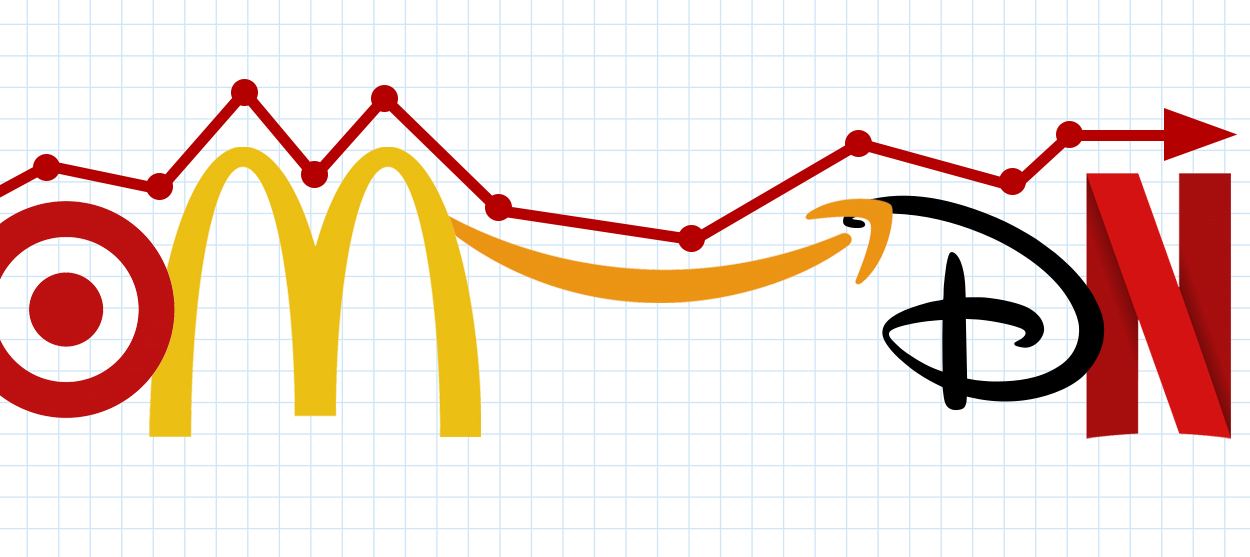 What the stock market knows
What the stock market knowsThe Explainer Publicly traded companies are going to wallop small businesses
-
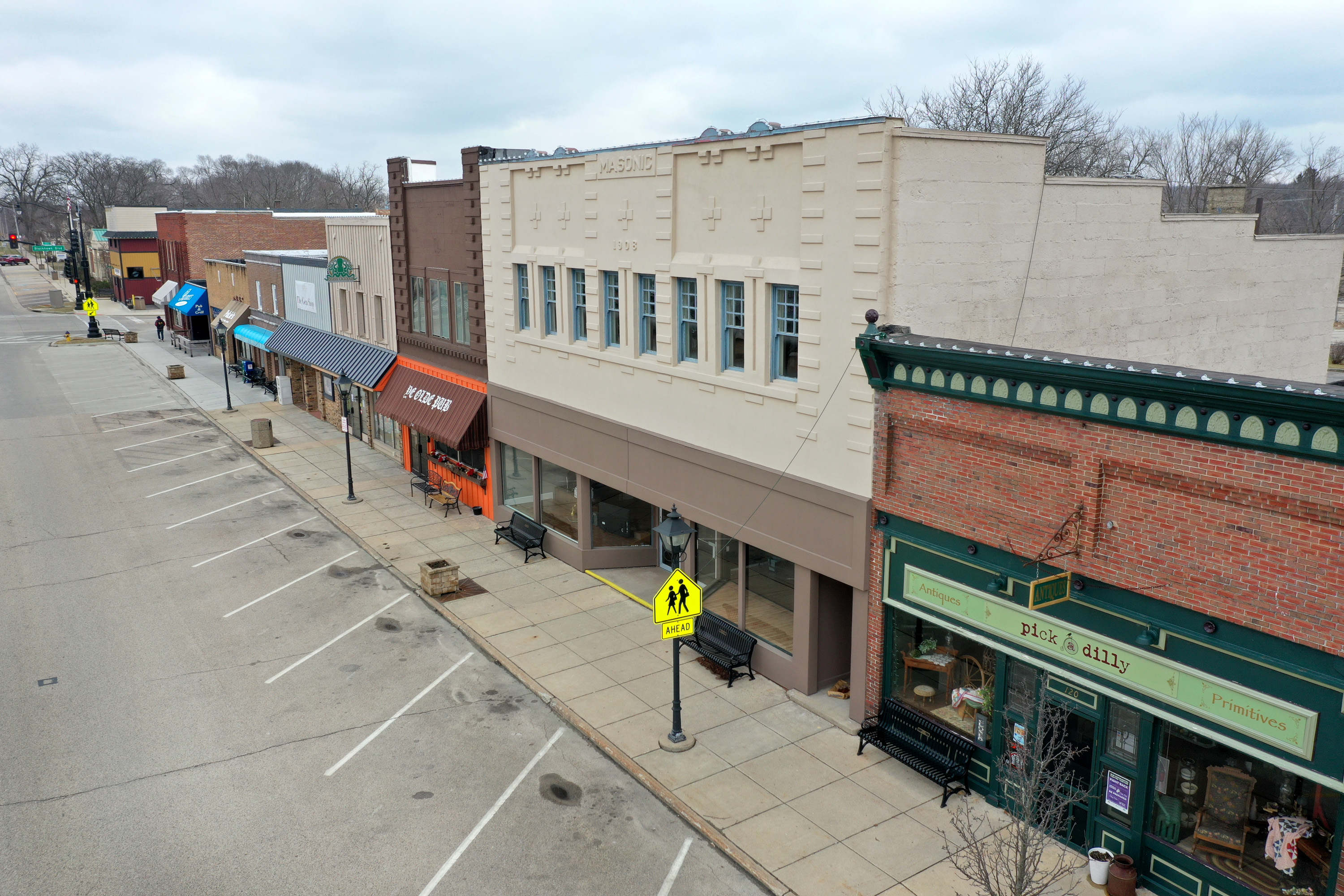 Can the government save small businesses?
Can the government save small businesses?The Explainer Many are fighting for a fair share of the coronavirus rescue package
-
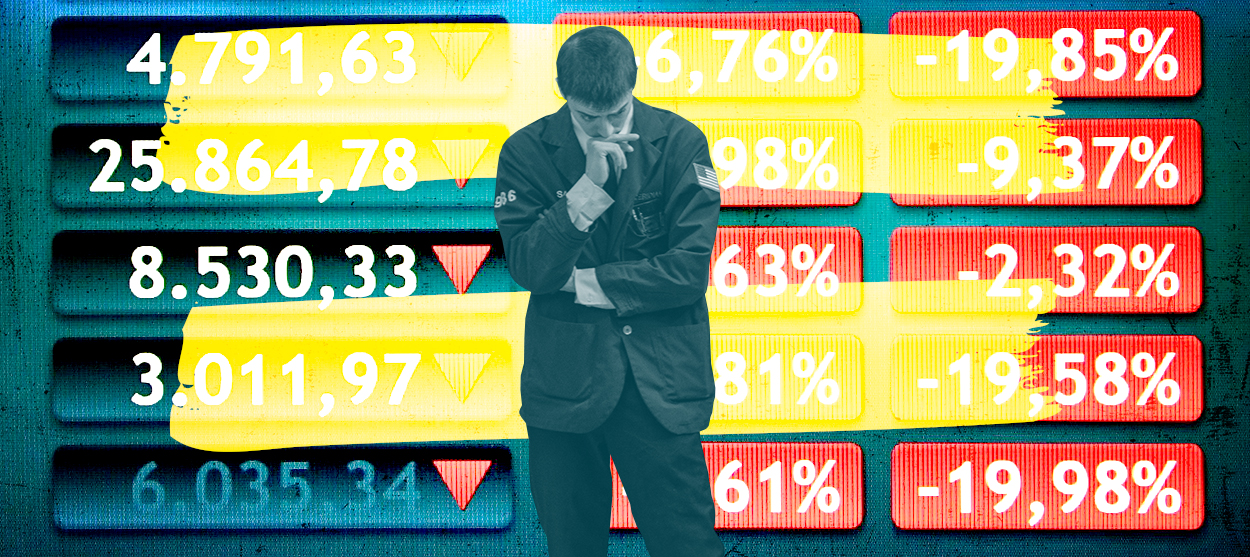 How the oil crash could turn into a much bigger economic shock
How the oil crash could turn into a much bigger economic shockThe Explainer This could be a huge problem for the entire economy
